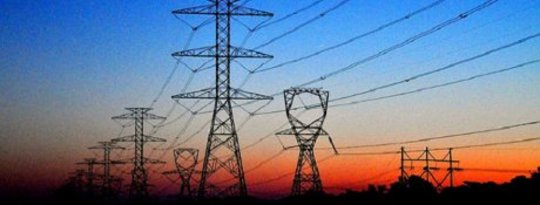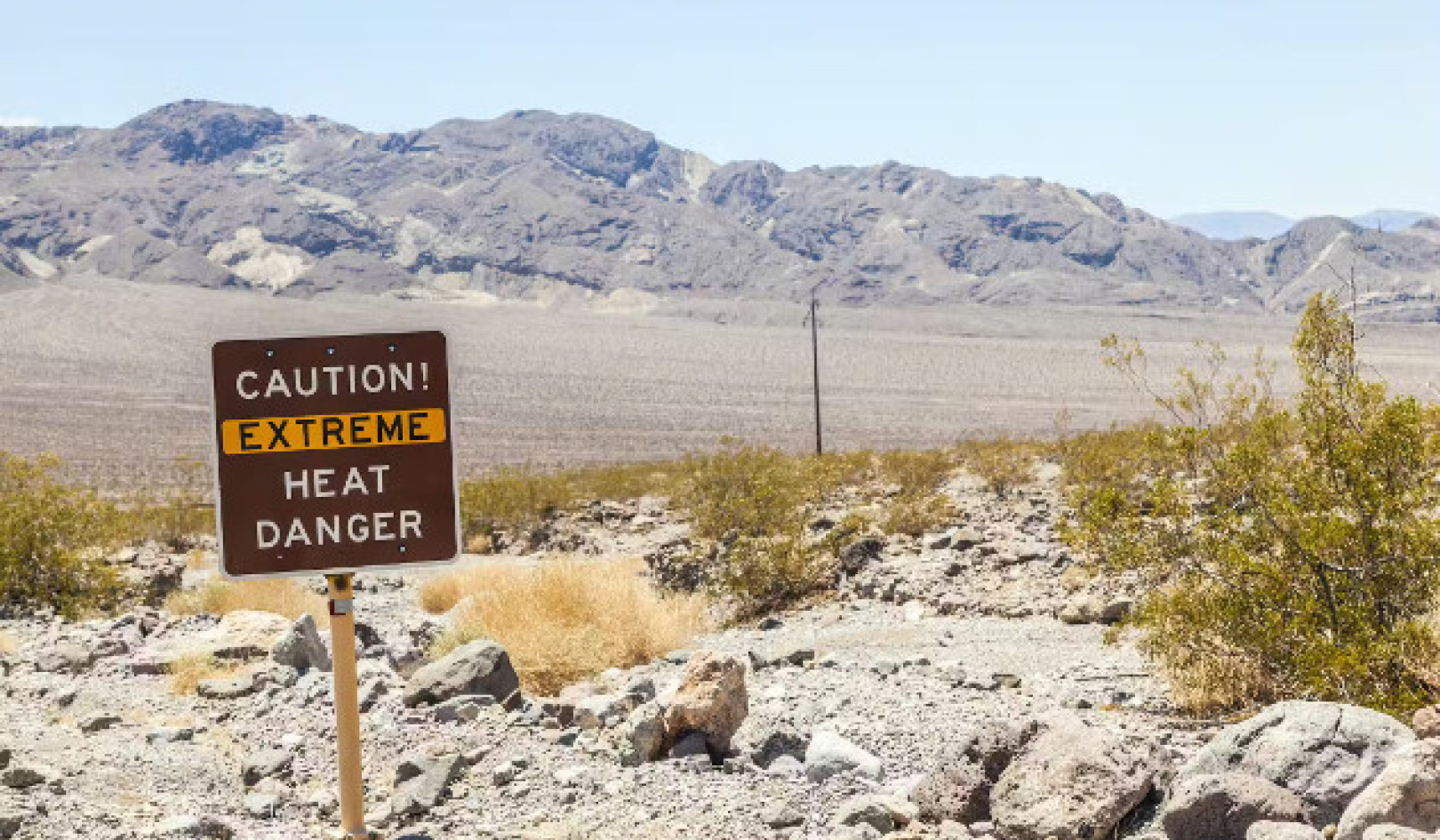
 erman researchers have found a way to overcome one of the problems with renewable energy – the fact that it is not always available – by linking different options in a unified system.
erman researchers have found a way to overcome one of the problems with renewable energy – the fact that it is not always available – by linking different options in a unified system.
Critics of renewables have always claimed that sun and wind are only intermittent producers of electricity and need fossil fuel plants as back-up to make them viable. But German engineers have proved this is not so.
By skillfully combining the output of a number of solar, wind and biogas plants the grid can be provided with stable energy 24 hours a day without fear of blackouts, according to the Fraunhofer Institute for Wind Energy and Energy System Technology (IWES) in Kassel.
Germany Has Turned Its Back On Nuclear Power
For Germany, which has turned its back on nuclear power and is investing heavily in all forms of renewables to reduce its carbon dioxide emissions, this is an important breakthrough.
The country has a demanding industrial sector that needs a large and stable electricity supply, and some doubted that this could be achieved in the long term without retaining nuclear or large fossil fuel plants.
Solving the problem is becoming urgent. The latest figures show that on some days of the year the electricity being generated from sun, wind, biomass, water and geothermal production already accounts for more than half of the load required in the country.
The research is funded by the German Federal Ministry of the Environment and is aimed at showing that the entire electricity grid could be run on renewable energy.
Dr. Kurt Rohrig, deputy director of IWES, said: “Each source of energy – be it wind, sun or biogas – has its strengths and weaknesses. If we manage to skillfully combine the different characteristics of the regenerative energies, we can ensure the power supply for Germany.”
The idea is that many small power plant operators can feed their electricity into the grid but act as a single power plant using computers to control the level of power (see our story of 20 January, Renewables: The 99.9% solution).
Sharing The Load And Working Together
Scientists linked together 25 plants with a nominal power output of 120 megawatts. Surplus power could be used for charging electric vehicles and for pumped storage (pumping water uphill into a reservoir to produce hydropower later).
When many small producers work together, then regional differences when the wind blows or the sun is intermittent are balanced out in the grid and can be boosted by controllable biogas facilities.
If there is too much surplus energy then the power can also be used to create and store thermal energy to be used later.
Kasper Knorr, the project manager for the scheme, which is known as the Combined Power Plant2 research project, says the idea is to ensure that the consumer is supplied reliably with 230 volts at a frequency of 50 Hertz.
The current system of supplying the grid with electricity is geared to a few large producers. In the new system, with dozens of small producers, there will need to be extra facilities at intervals on the system to stabilize voltage. Part of the project is designed to find out how many of these the country will need.
The project has the backing of Germany’s large and increasingly important renewable companies and industrial giants like Siemans. Researchers will be demonstrating the system at the Hanover Trade Fair from April 8 to 13. – Climate News Network
brown_bio

Related Books:
The Future We Choose: Surviving the Climate Crisis
by Christiana Figueres and Tom Rivett-Carnac
The authors, who played key roles in the Paris Agreement on climate change, offer insights and strategies for addressing the climate crisis, including individual and collective action.
Click for more info or to order
The Uninhabitable Earth: Life After Warming
by David Wallace-Wells
This book explores the potential consequences of unchecked climate change, including mass extinction, food and water scarcity, and political instability.
Click for more info or to order
The Ministry for the Future: A Novel
by Kim Stanley Robinson
This novel imagines a near-future world grappling with the impacts of climate change and offers a vision for how society might transform to address the crisis.
Click for more info or to order
Under a White Sky: The Nature of the Future
by Elizabeth Kolbert
The author explores the human impact on the natural world, including climate change, and the potential for technological solutions to address environmental challenges.
Click for more info or to order
Drawdown: The Most Comprehensive Plan Ever Proposed to Reverse Global Warming
edited by Paul Hawken
This book presents a comprehensive plan for addressing climate change, including solutions from a range of sectors such as energy, agriculture, and transportation.

























